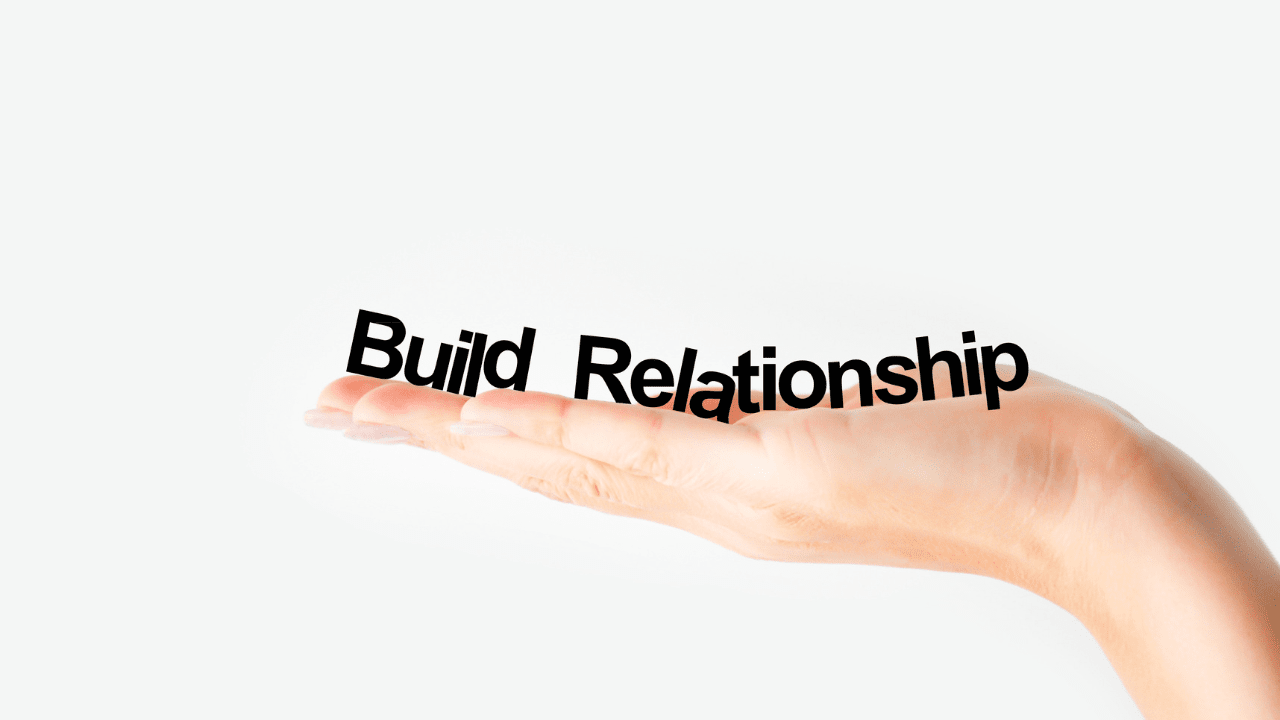How to Build New Relationships and Nurture Existing Ones for Small Businesses
Ways to Reconnect Existing Relationships
- Jordan Harbinger shared this tactic with me in our interview – he keeps tracks of connections through software but also simple ways such as emails and text messages. When he’s waiting at the grocery checkout, he’ll text a few connections from his phone. Don’t just start from A-Z, going backward, or start in the middle of the alphabets can randomize the connections more. Jordan also teaches networking through his free course here.
Reach out to connectors, friends and supporters you encountered in the past.
- Reconnect with people on social media. For small business, you must not overlook the power of LinkedIn. If you don’t have a personal or business page, start one today.
- Rinse and repeat. Staying connected with the right people isn’t easy, and it’s also not a one-time thing. Make sure to check in with the people you want to nurture in your circle at least a few times a year. Don’t wait until it’s the busy holiday season or only on people’s birthdays. A random Friday afternoon or hello while waiting at grocery checkout lines might yield high responses.
- Referring new opportunities to your existing relationships. This is one of my favorite ways to contribute AND stay in touch with my network. With the growing number of prospects and leads to our business, we don’t just turn people away when we don’t have the right services to offer. Instead, we do our best to introduce prospects to our business network.
- KNOW your network and relationships. This part requires you to not only keep in touch, but actually ask and listen to what your connections tell you about their updates, new interests, products and services. Take mental note, or keep track of them using tools such as Google spreadsheet or Notes.
- My favorite “content-based relationship management”. Invite them on your podcast or livestream. I’ve been doing this since 2014 for both new and existing relationships. It’s a great excuse to reconnect and learn more about what people are up to. You’ll be surprised how mutually beneficial this is. Podcasting has become even more popular in the past decade and more people are comfortable being interviewed on audio or video. When you do this, you achieve both objectives – reconnecting with existing relationship (the person you are interviewing), your mutual connections, and potentially new relationships because of the content you put out there.
Ways to Build New Relationships
- Introduction – One effective way to reach out to new people is to get introduced. You can find common connections via social media and LinkedIn. You can ask your friends and colleagues to introduce you to someone new when appropriate. It’s always a good idea to double opt-in first before the intro. This means your connection has your permission, but also needs the permission from their connections before making the introduction.
- Don’t forget to follow up – Networking isn’t just about the initial interaction (the first email or handshake, etc.), proper follow is an art and the key to building a long-lasting relationship. Read this article from Forbes “How to master the art of networking follow-up” Reach out to virtual events that are seeking to collaborate with musicians
Start your email list using a tool such Convertkit or SendFox for relationships pre and post events. Email list is the most easily overlooked marketing must-have for creative entrepreneurs and musicians. Email marketing very effective for keeping in touch with people before, during and after the event. Imagine after hosting a successful concert online or in-person, you will want to follow-up with your audience, ask them if they enjoyed the concert and if they would like to attend future ones.
- Mastermind – join a mastermind with likeminded people. This is much like therapy and might take more than one try to find the right group and dynamics of people. It’s also possible to join too many groups and have to eliminate the ones that no longer serve you. Keep an open mind, listen to your heart, and you’ll find the right balance for the community.
- Facebook group – it’s a mixed bag. But when you do find the right groups, often through a book club, a course you’ve taken, the right Facebook groups are not only free but can be very beneficial. The characteristic of a good, helpful and healthy Facebook group require proper management including moderation. I also find small to medium size Facebook groups to be the most helpful (often with 1000 members or less). You don’t want a large group with mostly dead weight or salesy people. Instead, when members show up to be of contribution, working towards similar goals, people can truly level up.
- Online course community – I’ve been part of a few online courses and I find the ones with active community during and after the course to be most helpful. Examples that come to mind include Seth Godin’s altMBA. We had a busy Slack channel that was well managed, additional Akimbo workshops, a Forward community and a Facebook Group. Within a community, it’s important for you to find the people who share similar mindset and goals. Another example (smaller but even more in sync) is Dorie Clark‘s Recognized Expert Community. In her private Facebook, we have just a little under 1,000, members who are incredible kind, active and supportive of each other. The posts are high quality with high engagements – not just likes but extensive comments and feedback.







